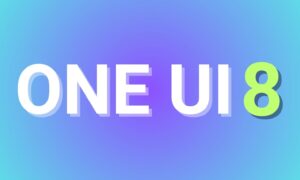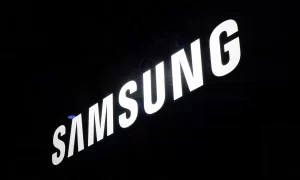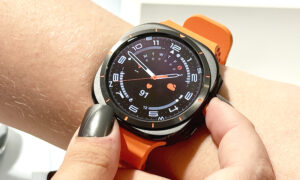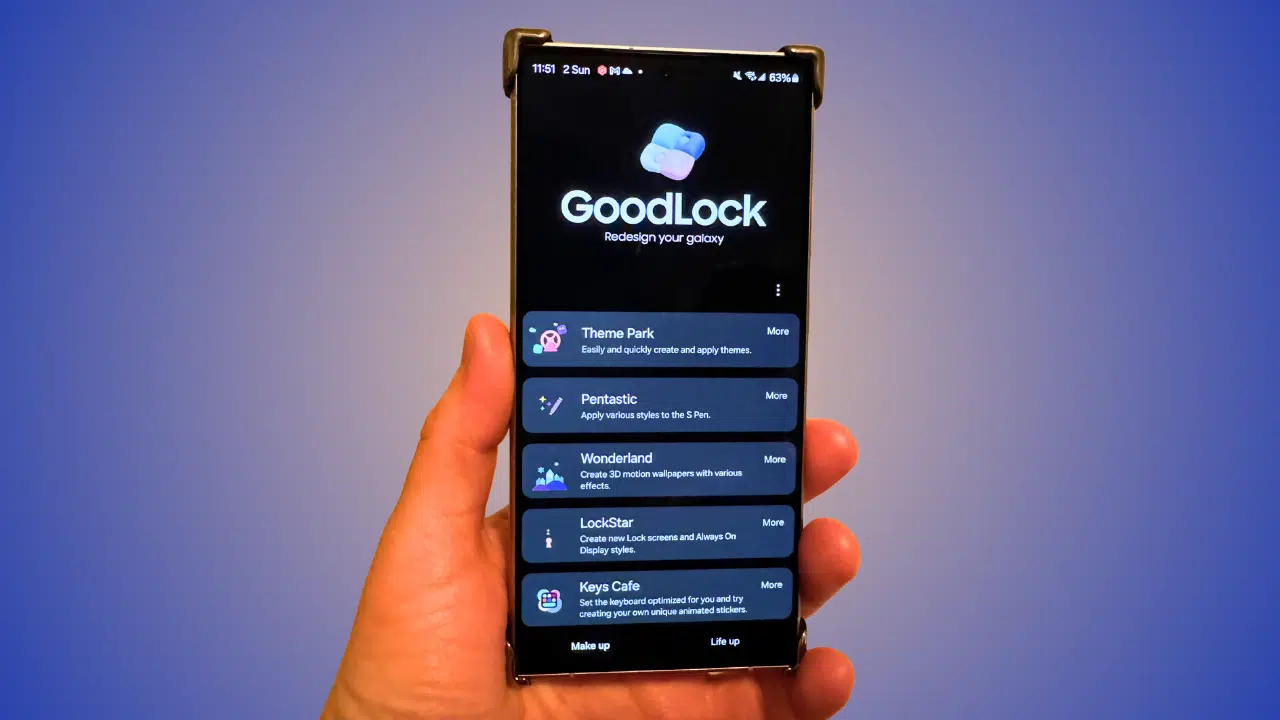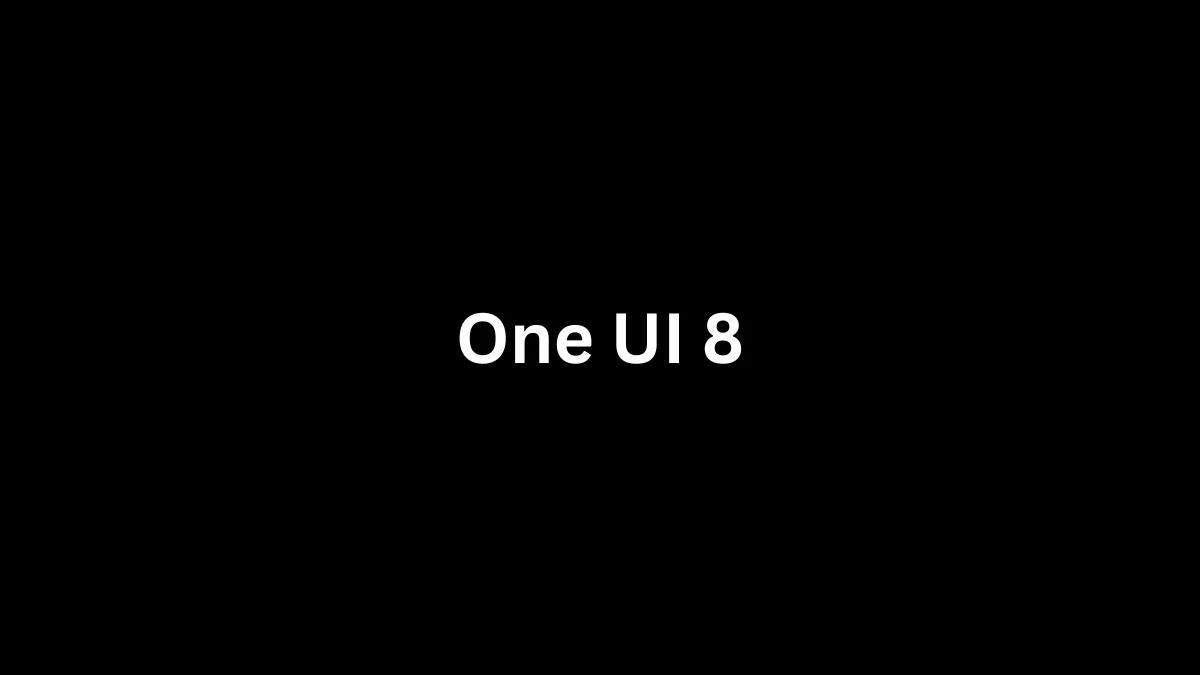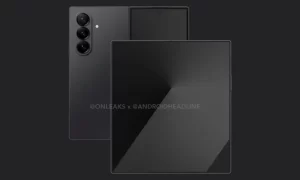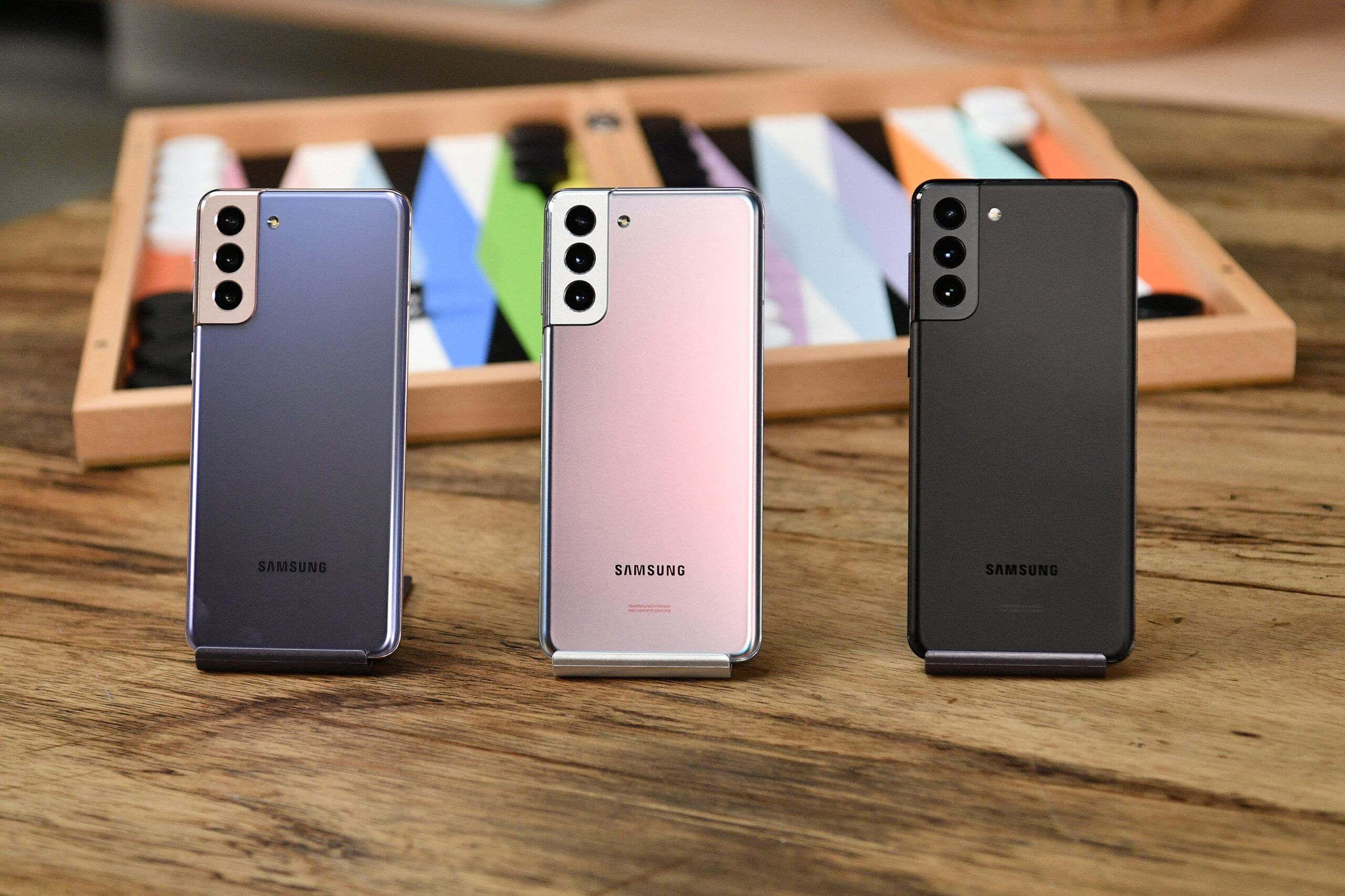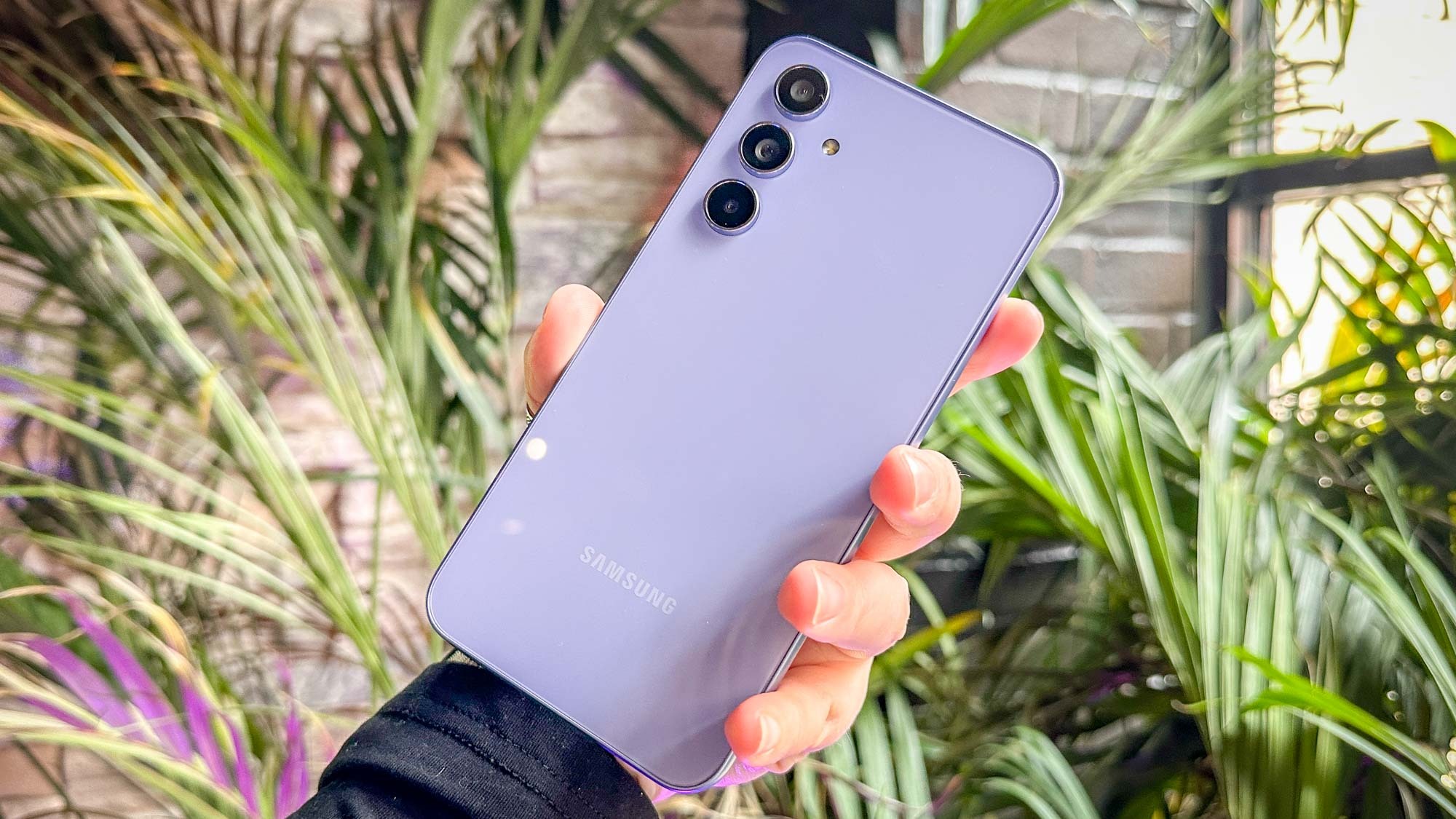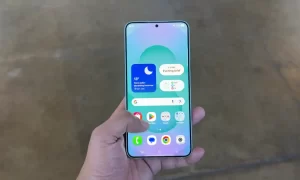According to the latest report, if you want to use OneNote on Windows, you may already know that the company will complicate things by providing two separate OneNote clients. Microsoft will offer two OneNote apps – OneNote for Windows 10 (UWP-based) and a full-fledged desktop client that ships with Office.
Join tip3x on Telegram
Microsoft wants to create a single OneNote app for Windows, but the company doesn’t want to disrupt the consumer user base. Microsoft is planning to add new features to the OneNote desktop, with a Windows 11-inspired Fluent design, mica material, and rounded corner UI.
As part of an effort to integrate multiple OneNote apps into the new version, Microsoft plans to retire and replace “OneNote for Windows 10” with the existing desktop client, which will use new visuals and bring some new features.
It’s worth noting that Windows 11 no longer installs “OneNote for Windows 10” by default, but users can still download it from the Microsoft Store.

Microsoft isn’t developing a third OneNote app
As mentioned earlier, Microsoft officially stated that the plan is to add the functionality of “OneNote for Windows 10” to the Win32 OneNote application. When that happens, the two apps will continue to work in Windows 11 and Windows 10, which means the migration won’t affect users, at least for now.
In a Reddit comment, Microsoft’s OneNote program manager confirmed that the company is currently testing the new update internally and will roll it out “along with updated visuals” soon.
While OneNote UWP will remain until October 2025, Microsoft is recommending the OneNote desktop client to users. This is because OneNote UWP will stop receiving new features and the focus has started to shift to the OneNote desktop.
When the new version is stable enough, users on OneNote UWP will receive an in-app invitation and update to the new unified OneNote app.
Moreover, the OneNote desktop is expected to get a visual refresh to match other Office apps on Windows 11, as revealed by the mockups released by Microsoft, new navigation layout options can be customized to user preferences, new inking capabilities are available in the UWP version, Better stylus support and more.
Microsoft previously launched “Project Reunion” to bridge the gap between the Universal Windows Platform (UWP) and Win32. Through Project Reunion, Microsoft is bringing the UWP API to Win32 and phasing out some UWP applications by creating new versions based on existing Win32 frameworks.
Moreover, Windows screenshots have been updated to a Windows 11-style design while retaining old features, and are a perfect example of Project Reunion’s efforts.

